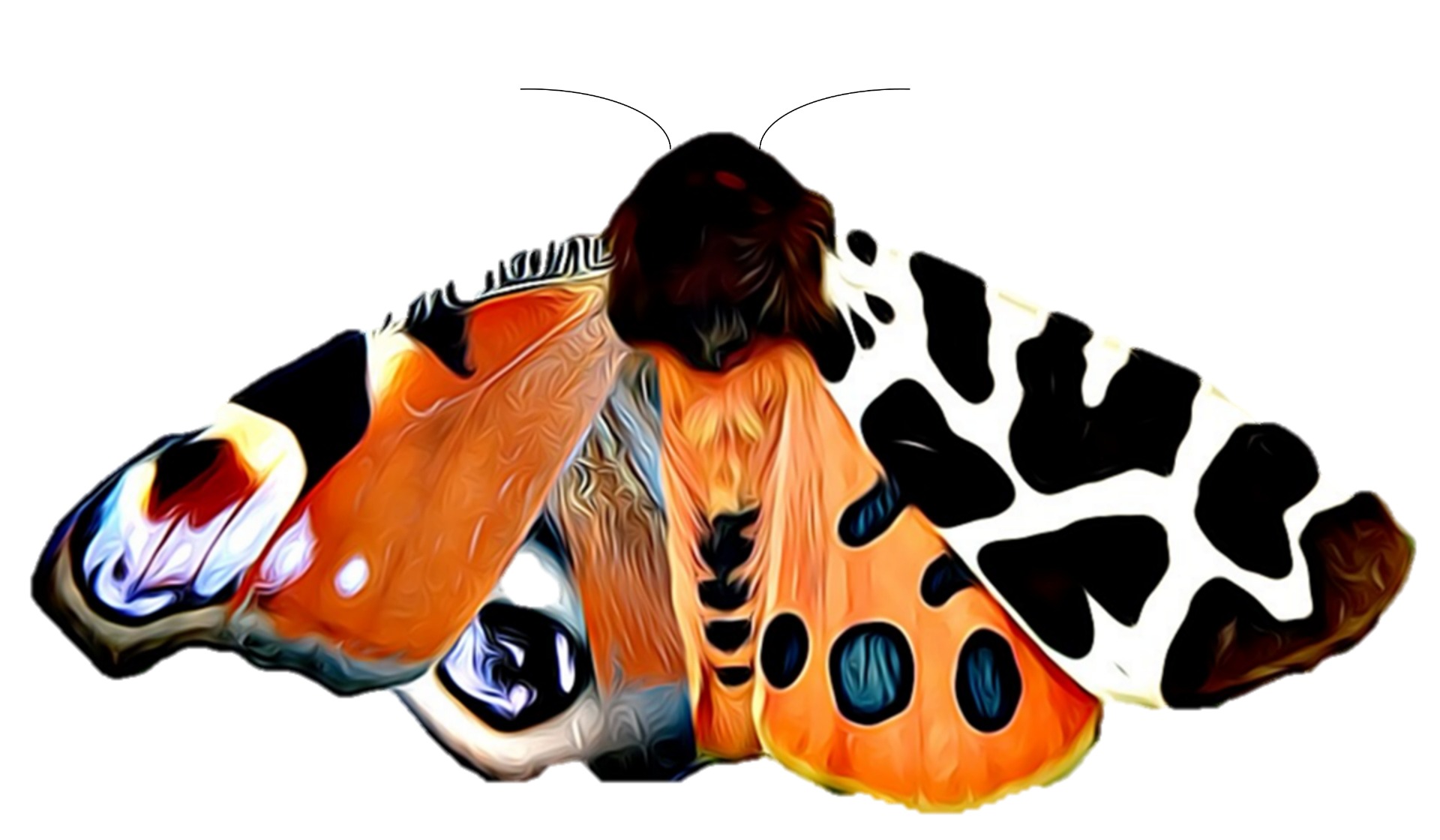Slime moulds are traditionally lumped together with the fungi, but are actually less closely related to them than the animals are
Amoebozoa is the large group containing the slime moulds. If you perhaps remember seeing an Amoeba cell under a microscope in biology lessons at school, you will remember a cell able to transport itself using finger-like extensions. These pseudopodia are characteristic of these organisms, and are powered by the construction and deconstruction of microfilaments. These are composed of dynamic polymeric proteins (actins) which are present in our cells also and used for many aspects of internal cellular transport as well as cell movement.

Slime moulds can survive as single amoeboid cells, able to divide asexually (via mitosis). However they are also able to mate and form multicellular structures. When conditions are limited, slime moulds produce spore-bearing structures (sporangia), from which sexual spores are dispersed. [Pictured here are sporangia of a Stemonitidales slime mould.]
